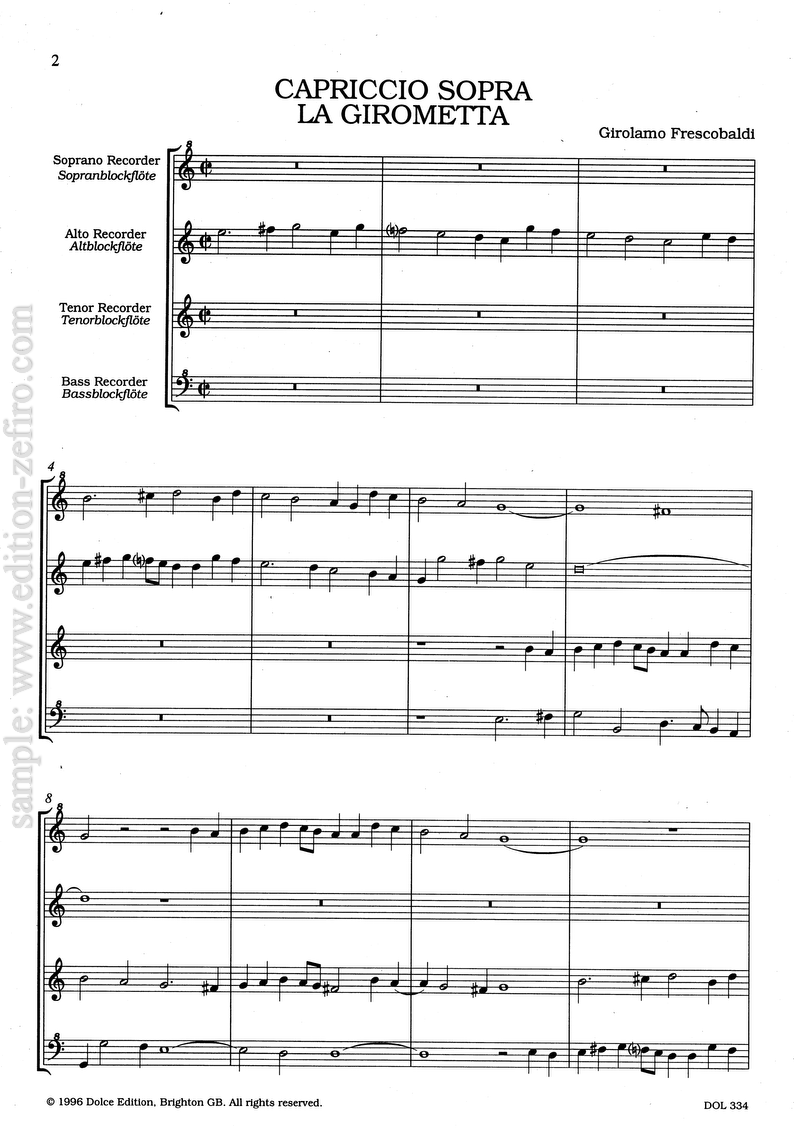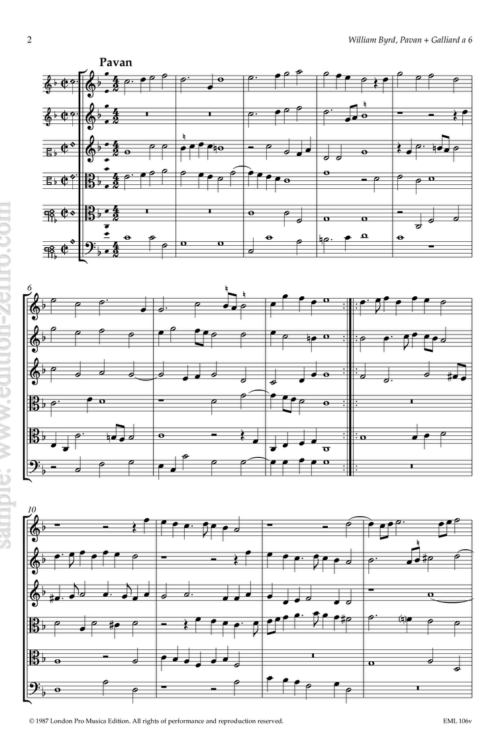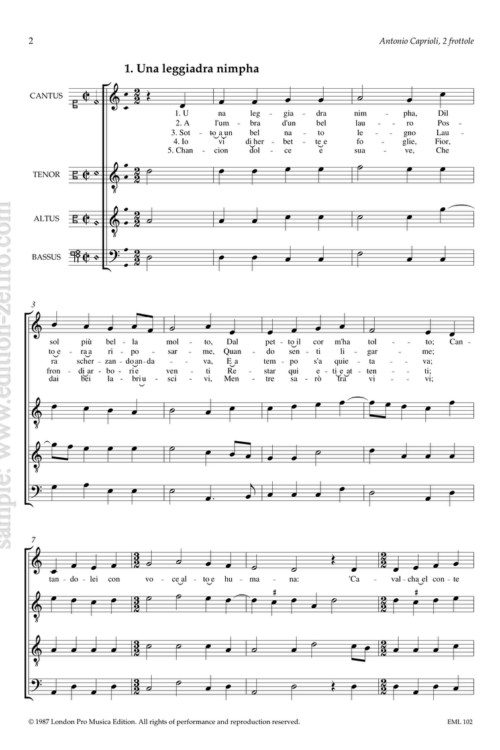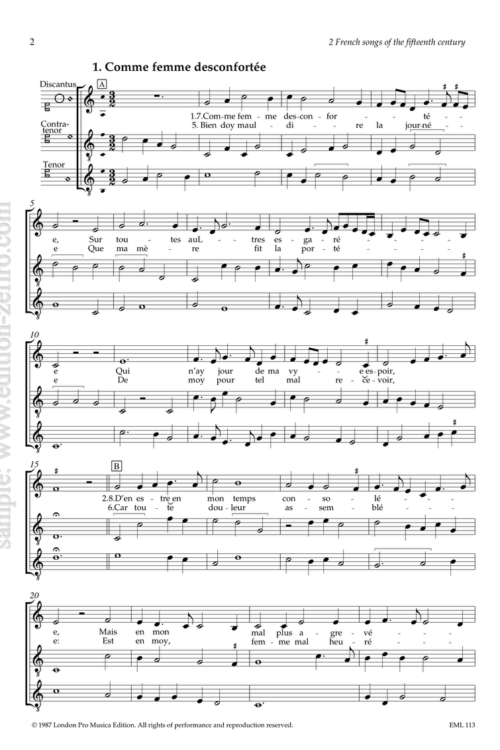Girometta was a popular tune that emerged around 1550.
The capriccio comes from Frescobaldi’s Fiori musicali, published in Rome in 1635. Frescobaldi’s collection consists mostly of organ pieces intended for liturgical use, though this did not preclude the use of popular tunes such as the “Bergamasca” or the “Girometta” melody found here. Three quite different, slow chromatic pieces from the same collection have already been published in this series (DOL 301 ↣).
The Girometta tune goes back at least to the 1550s, when it appeared in a villotte by Filippo Azzaiolo. (TM 57 ↣) There are several other polyphonic pieces from around 1600 based on it, including a canzon da sonar by Floriano Canali, one by the eccentric Giovanni Cangiasi, and a magnificent doube-choir arrangement by Costanzo Porta.(VM25 ↣ ) (Canali version VM9 ↣) (Cangiasi version IM12 ↣) Frescobaldi adds a little refinement in his treatmet of the melody by raising the second note of theme but lowering it on the way down a few notes later.
In performing this music one should aim for strong contrasts between the sections: it is no accident that Frescobaldi used the term “capriccio”
(Bernard Thomas)






